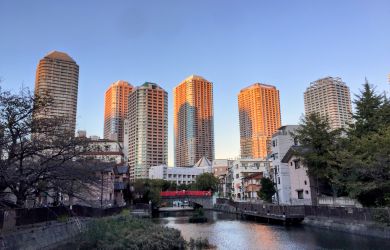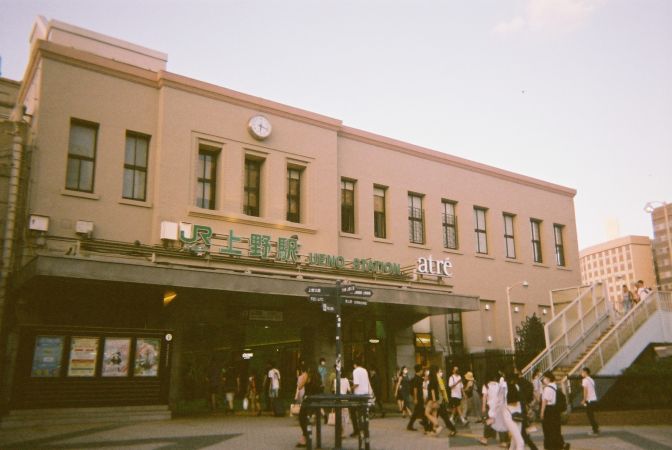
It doesn’t take long to appreciate the quality of Tokyo’s rail system. What started out as a single line in the late 19th century has now become a miracle of public transportation. And as befitting a city that never ends, so too are the improvements to its rail system. Two major lines, the Japan Rail (JR) Yamanote and Chuo, feature prominently amongst these changes and with relatively minor touches to major upgrades, their stations continue their jobs of transporting Tokyo into the future.
Harajuku Station
The retro-charmed wooden station building of the Yamanote Line’s Harajuku Station has been replaced. Sad news it may be for some but its replacement station building, with plenty of large glass windows and natural light, is a decidedly more modern and, admittedly, practical affair. Directly across from its east exit sits a newly built venue hall and shopping complex, the aptly named With Harajuku Hall, while the west exit now opens directly onto popular Meiji Jingu Shrine. The station, with plenty of interior space over two floors, features a convenience store and cafe, making for an overall easier trip for commuters.
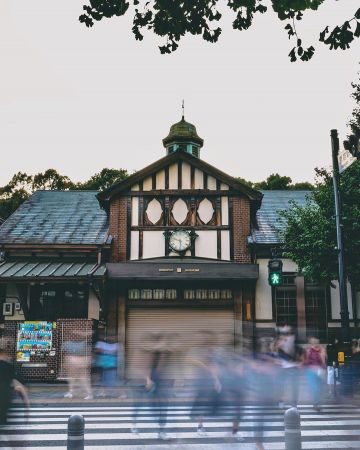
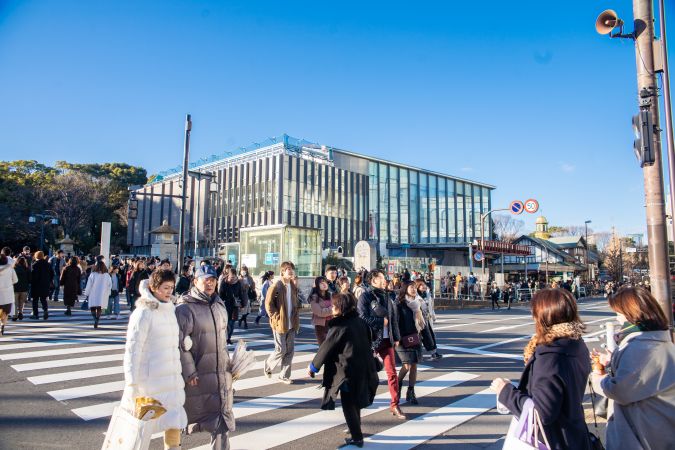
Iidabashi Station
Heading out to nearby Kagurazaka district with its Edo-tinged streets, commuters alighting from Iidabashi Station had to navigate the semi-perilous gaps between the train and station platform. Rectified with the new station building moved some 200m down the Chuo Line track, plans are now underway to further develop the surrounding area. The Iidabashi Station East Area Redevelopment Project is slated to be finished by 2026 and aims to add a 24-story tower just outside the station, complete with residential, commercial, shopping and dining options.
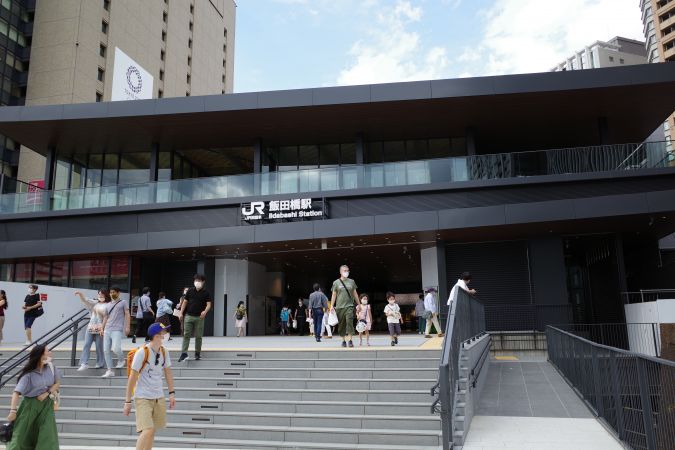

Ochanomizu Station
Imbued with its university town feeling, the Chuo Line’s Ochanomizu Station has also been a lesson in learning about change. Renovation works, underway here for some time, are planned for eventual completion in 2024. Situated along the Kanda River, a new station building will feature extended platforms while track repair work accommodating the added double-decker trains scheduled to begin running in 2023, will see the line run with closer views of the Kanda River.
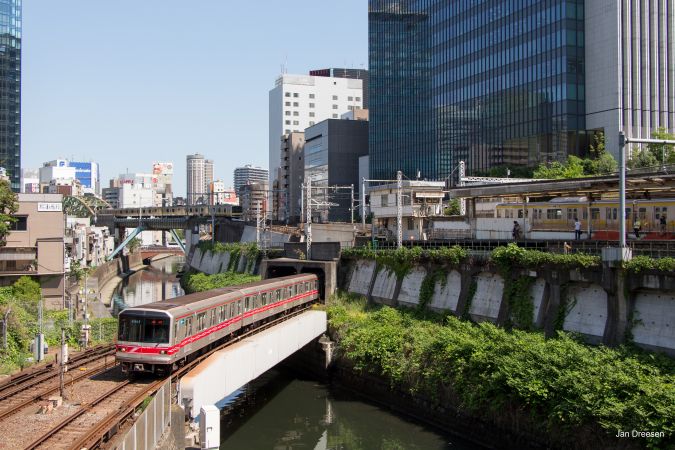
Sendagaya Station
With immediate access to both the Tokyo Metropolitan Gymnasium and Japan National Stadium, it came as no surprise that the Chuo Line’s Sendagaya Station would be marked for renovations in time for the 2020 Olympics. The result is a thoroughly cleaned-up station, complete with cavernous entry space as well as an extra platform. The most curious highlight of the new developments, however, is the extraordinary ‘Floating Toilet’. Part practical public toilet, part architectural wonder, its monolithic design is elevated off the ground and gives any call of nature at the station a fascinatingly modern touch.
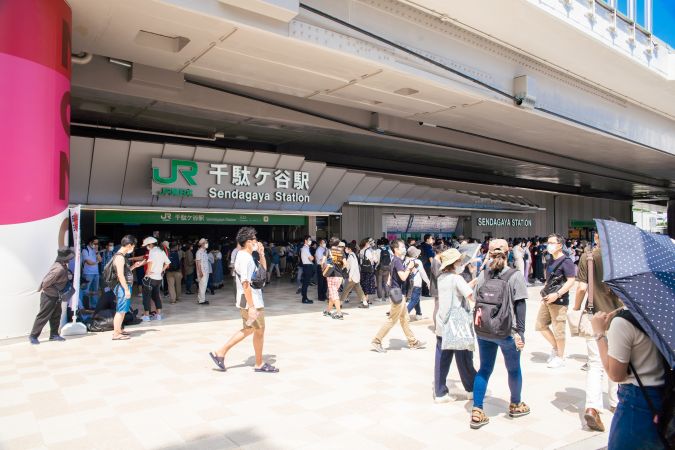
Shibuya Station
Yamanote Line heavyweight Shibuya Station is revitalizing itself as a global commercial and cultural hub. Massive changes abound with the underground access area of the east exit and Shibuya Sky observation deck — crown of the 230m-high Shibuya Scramble Square – already completed. The districts surrounding the Sakuragaoka Exit will be redeveloped while connecting Shibuya to adjacent Aoyama will be a 23-story international office complex. Station changes will feature smoother upper-level pedestrian walkways that connect to neighboring districts. By the end of the decade, Shibuya Station and its surroundings will be a completely new world, firmly entrenched in tomorrow’s Tokyo.
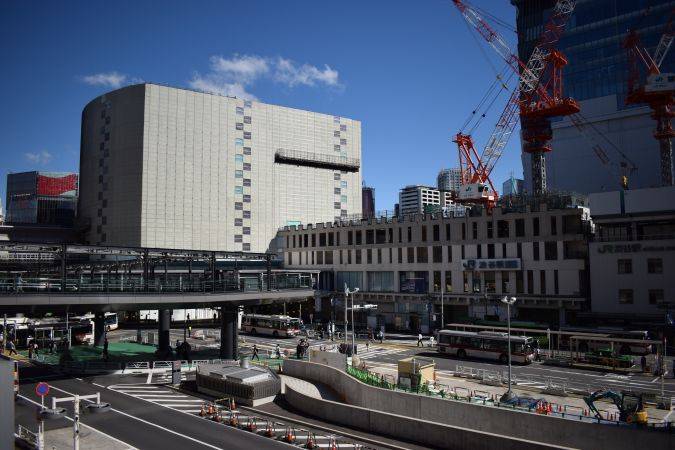
Takanawa Gateway Station
The first station to be added to the Yamanote Line since 1971, Takanawa Gateway Station was built to accommodate the 2020 Olympics. Sitting between Shinagawa and Tamachi stations, Takanawa Gateway features a beautiful origami-inspired roof designed by renowned architect Kengo Kuma. The station also sits at the forefront of cutting-edge modernity. Its state-of-the-art technology features advanced lighting that adjusts to its surroundings, automated convenience stores, as well as both robot guides and cleaners, marking the station as a potential portent of Tokyo’s future.
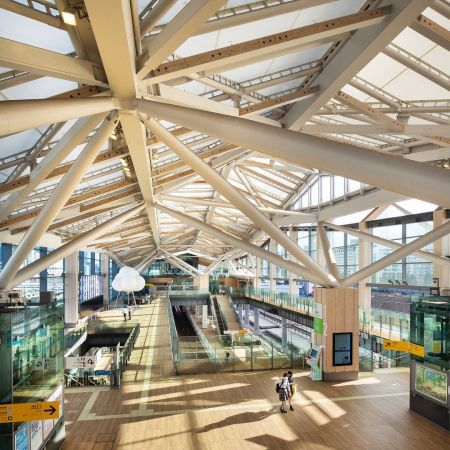
Ueno Station
Gateway to some of Tokyo’s most popular must-see spots, Ueno Station is another mainstay of the Yamanote Line. Over the years, plenty of modern revamping of the interior has taken place, while the most recent work has seen the station’s Park Exit utterly transformed into a pedestrian-friendly space. Next door, the almost never-ending attractions of Ueno Park were once separated by a rather tired road. With the renovations, though, commuters now have direct access to the park thanks to the exit’s refurbished modern two-floor ribbed design, adding a flourish of new style to the station.

That single line beginning Tokyo’s train journey way back when has now grown into the world’s most respected rail system. Accessing the entirety of the city, these stations, and many more, are providing a quick glimpse into some of the more substantial developments underway. Neverending, their changes keep Tokyo’s train lines moving well into the future.





